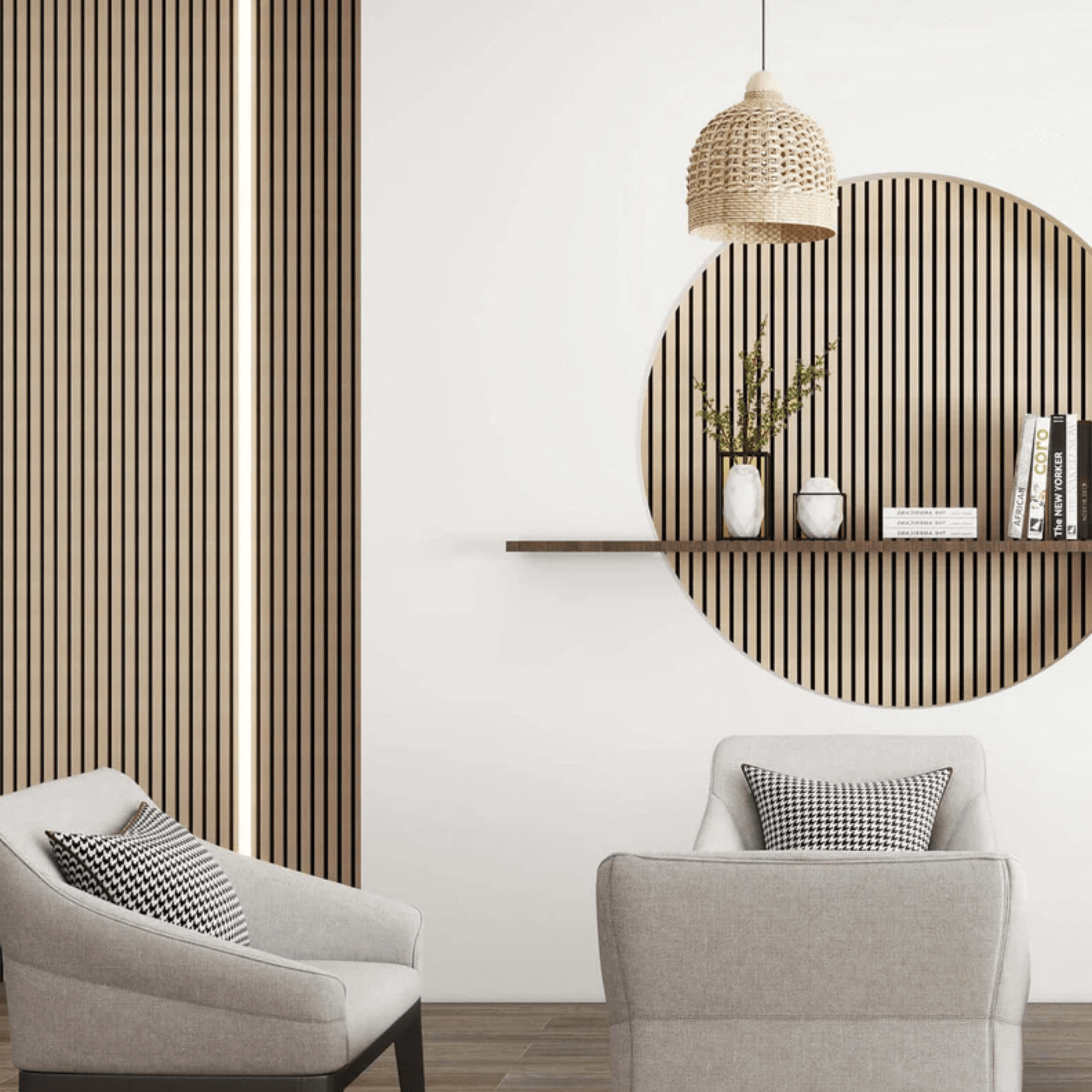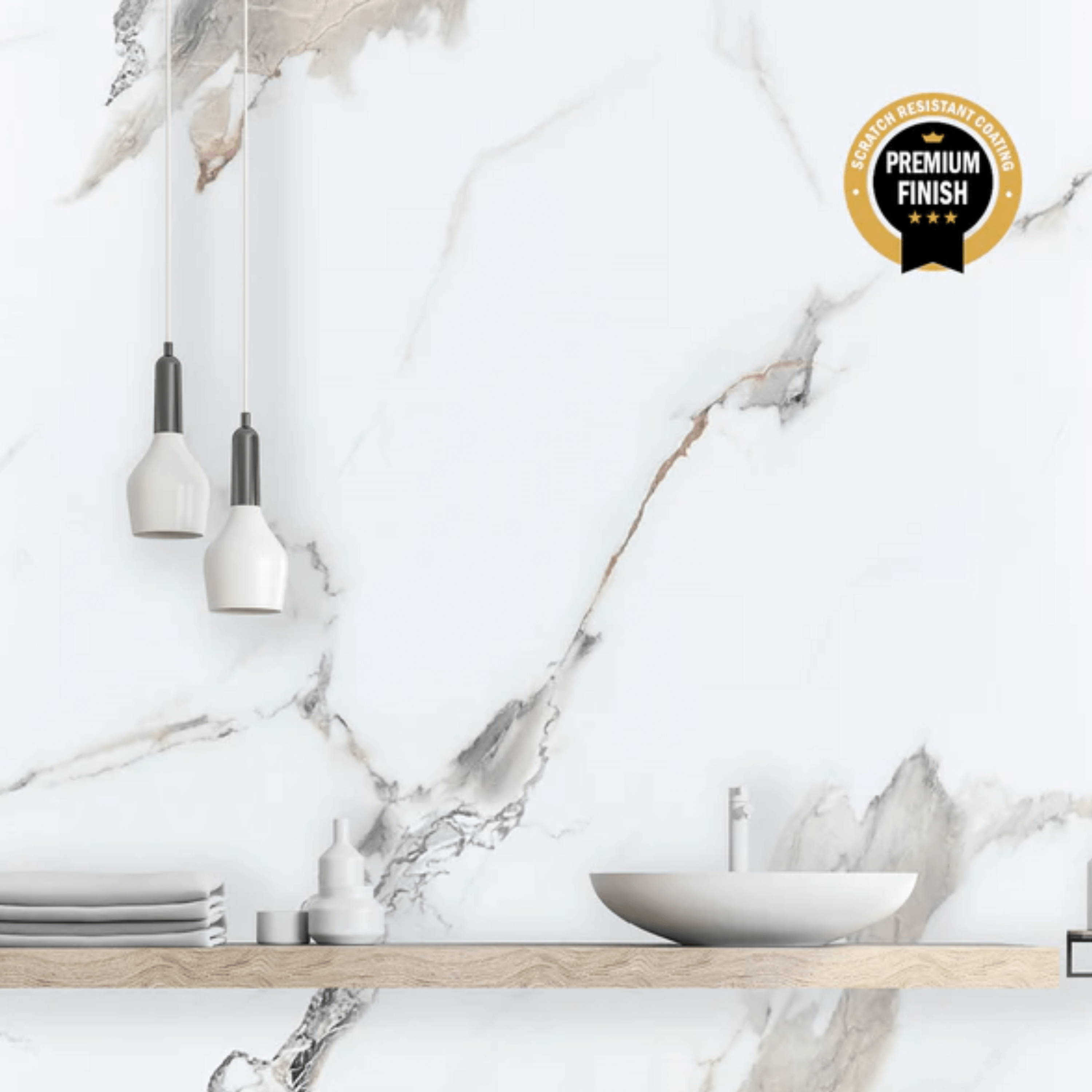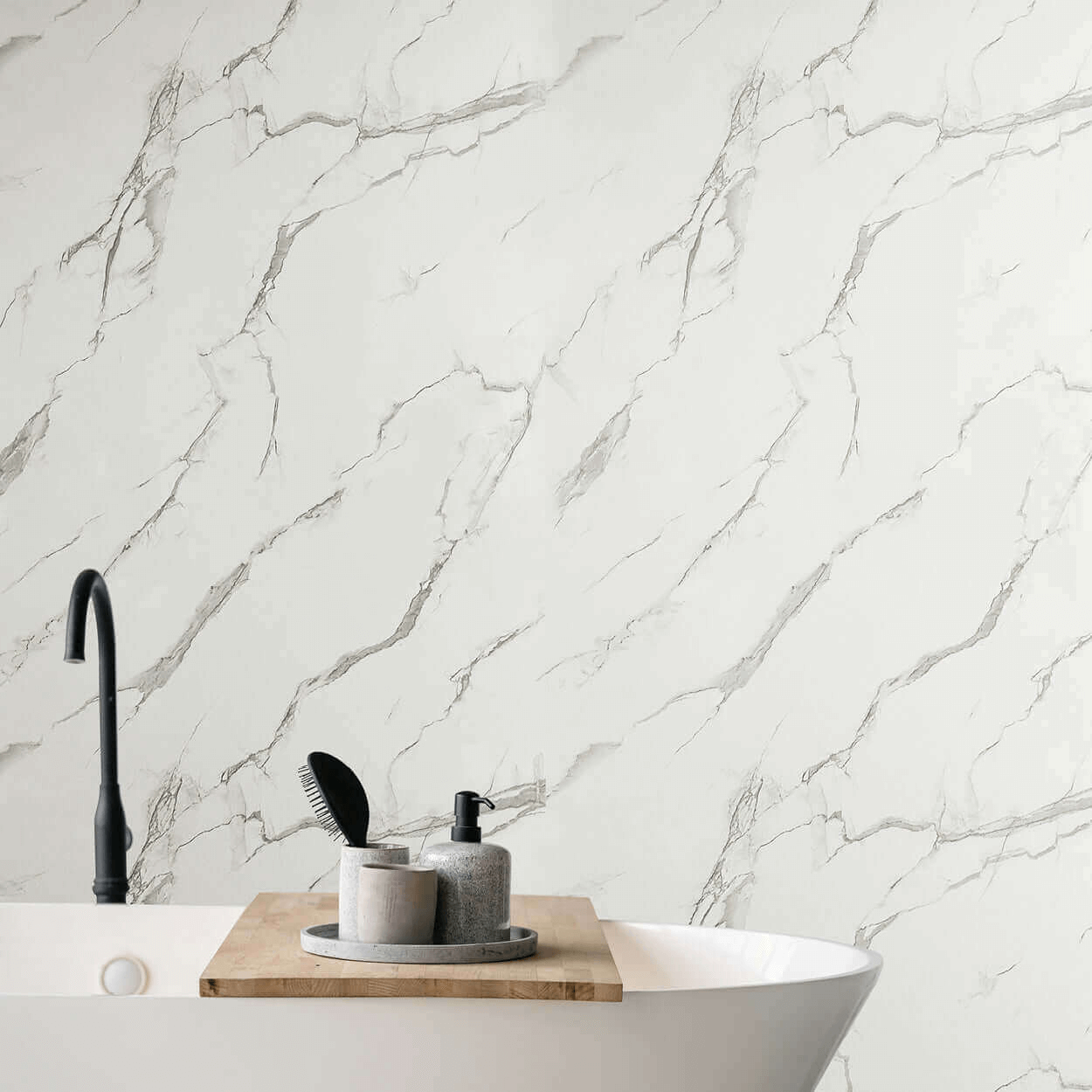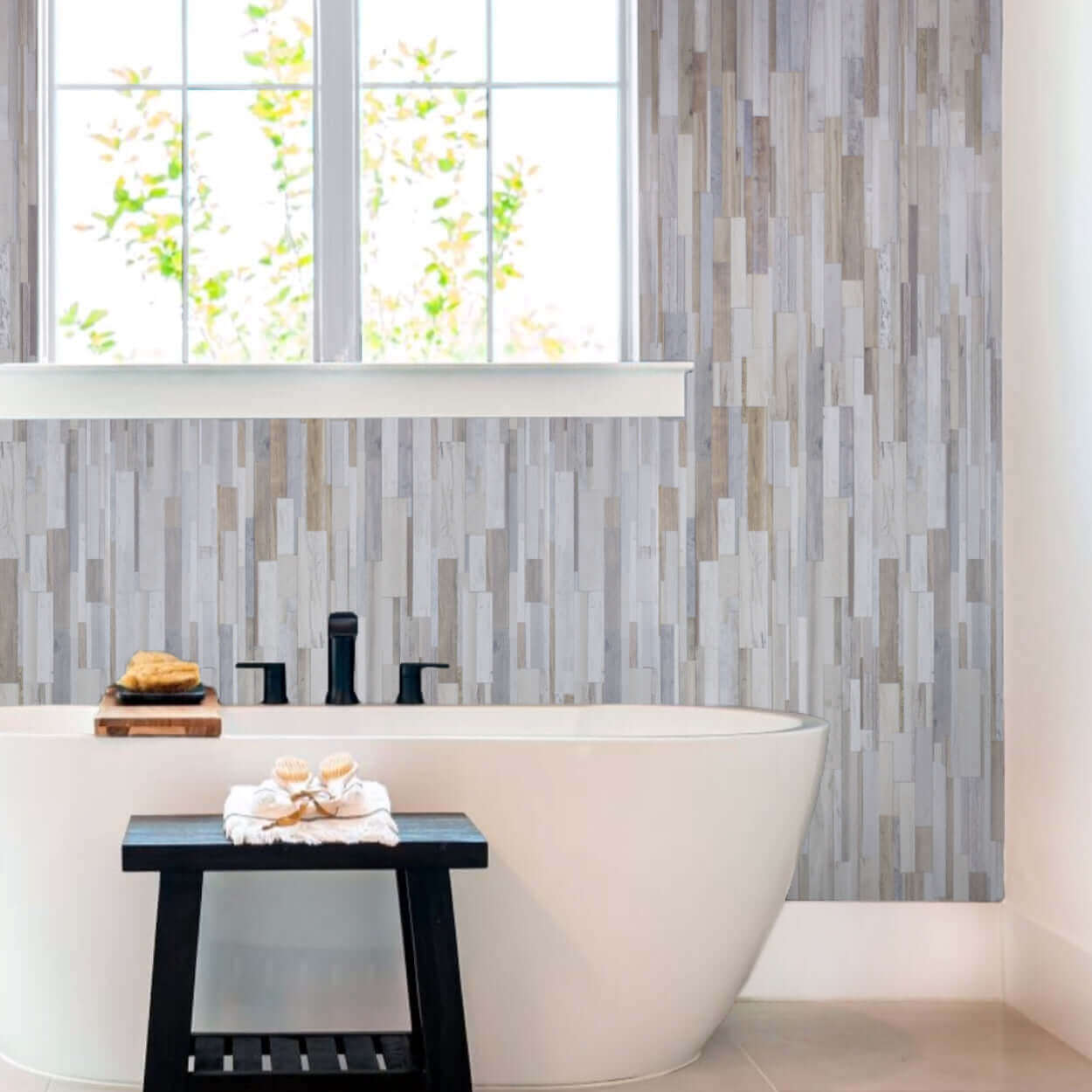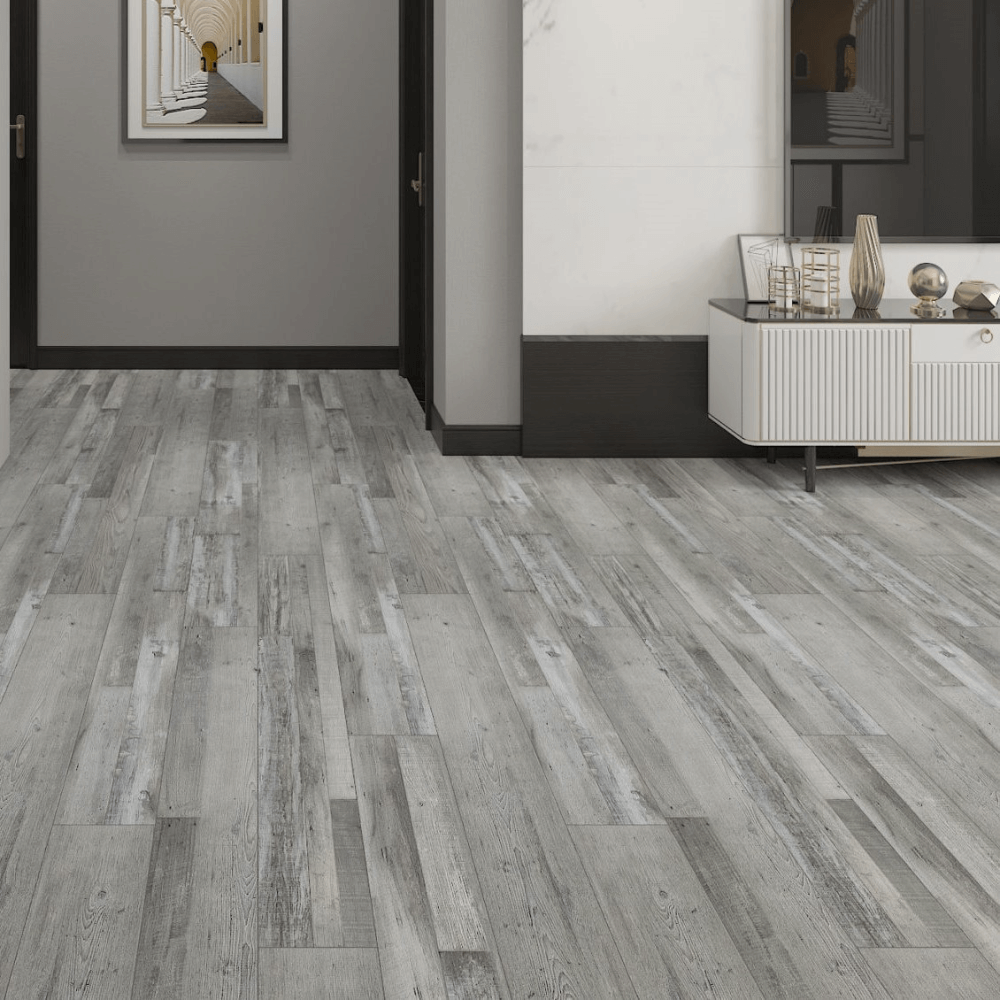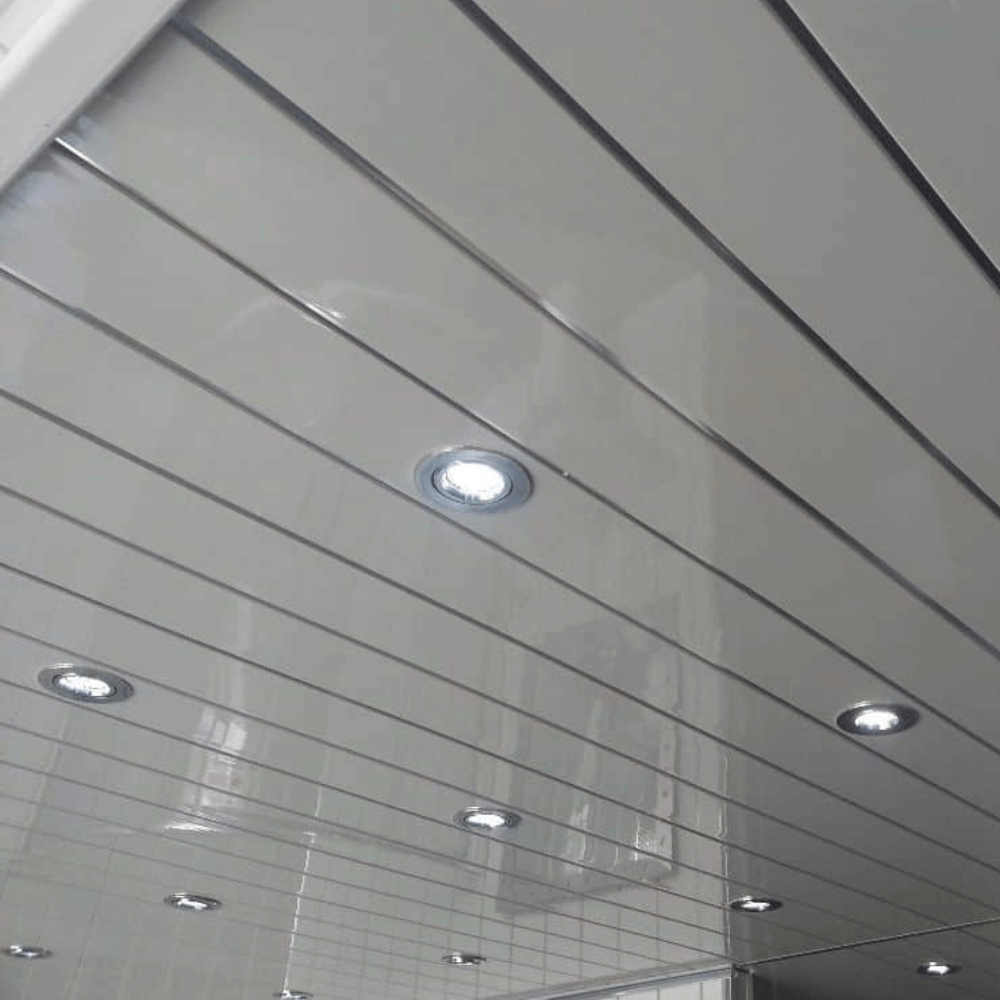If you’re updating your bathroom, kitchen, or even your living space, choosing the right wall panels can make all the difference. With so many options available, homeowners often narrow their choices down to three popular types: PVC, acrylic, and laminate panels. Each comes with its own strengths and drawbacks, and the right choice depends on your space, your budget, and the look you’re aiming to achieve.
At Easy Panels, we’ve seen firsthand how confusing it can be to pick between these materials. This guide will walk you through the features of each, compare them side by side, and give you practical advice on which type is the best fit for your project.
What Are PVC Wall Panels?
PVC stands for polyvinyl chloride, a strong but lightweight plastic material. These panels have become one of the most popular alternatives to traditional tiles in UK homes.
Advantages of PVC Panels
- 100% waterproof – ideal for bathrooms, shower enclosures, and kitchens.
Affordable – usually the most cost-effective option.
Quick to install – lightweight, with tongue-and-groove fitting that makes DIY installation easy.
Low maintenance – a simple wipe-down keeps them looking fresh.
Wide choice of designs – from Carrara marble to rustic concrete, PVC panels replicate natural finishes beautifully.
Limitations of PVC Panels
Exposure to Direct Heat – not ideal for areas exposed to very high heat, like directly behind hobs without protection.
Best For
Budget-conscious renovators, busy families, landlords, and anyone who wants a waterproof, fuss-free wall finish without spending a fortune.
What Are Acrylic Wall Panels?
Acrylic panels are made from solid sheets of acrylic plastic, giving them a glossy, glass-like appearance. They’re often chosen for modern, designer bathrooms and kitchens.
Advantages of Acrylic Panels
Luxury look – the high-gloss finish adds a sleek, contemporary style.
Durable and long-lasting – acrylic resists scratches and dents better than PVC.
Non-porous – no grout, no pores, and therefore no mould growth.
Bold colours – available in striking shades as well as clear, minimalist designs.

Limitations of Acrylic Panels
Expensive – usually one of the priciest panel types.
Trickier to install – heavy, often requiring professional fitting.
Best For
Homeowners creating a designer bathroom or high-end kitchen splash back, where the priority is style and luxury.
What Are Laminate Wall Panels?
Laminate panels are created by pressing layers of paper or fabric, impregnated with resin, onto a wood-based core. They’ve been around for decades and remain popular in both homes and commercial spaces.
Advantages of Laminate Panels
Durability – strong and resistant to impacts, making them ideal for busy households.
Heat-resistant – suitable for areas exposed to higher temperatures.
Natural look – excellent at replicating woodgrain or stone textures.
Tactile finish – feels more like a traditional wall surface than PVC.

Limitations of Laminate Panels
Not always waterproof – unless specifically designed for bathrooms, water can seep in.
Mid-to-high cost – generally more expensive than PVC.
Installation challenges – heavier and less DIY-friendly.
Best For
Living rooms, bedrooms, offices, and commercial interiors where texture and durability matter more than waterproofing.
PVC vs Acrylic vs Laminate: Head-to-Head Comparison
Feature |
PVC Panels |
Acrylic Panels |
Laminate Panels |
Cost |
£ (budget-friendly) |
£££ (premium) |
££ (mid to high) |
Durability |
Excellent |
Excellent |
Excellent |
Waterproof |
Yes |
Yes |
Not always |
Heat Resistance |
Moderate |
Good |
High (if high-quality) |
Installation |
Very DIY-friendly |
Complex, often needs professionals |
Complex, heavier |
Design Options |
Wide range: marble, stone, tiles |
Glossy colours, minimal patterns |
Woodgrain, textured, traditional |
Maintenance |
Easy wipe-clean |
Easy wipe-clean |
Low maintenance but heavier clean |
Best For |
Bathrooms, kitchens, utilities |
Luxury bathrooms/kitchens |
Living areas, commercial spaces |

Which Panels Should You Choose?
Here’s the truth: there’s no single “winner” — it depends on your priorities.
Choose PVC if: you want a budget-friendly, waterproof, easy-to-fit solution. Perfect for families, landlords, or anyone who wants a quick transformation.
Choose Acrylic if: you’re aiming for a high-end, glossy look and don’t mind paying more for luxury.
Choose Laminate if: you’re after a durable, textured finish in areas that don’t need full waterproofing, like lounges or offices.
At Easy Panels, we focus on PVC panels because they deliver the best balance of style, practicality, and value for most UK homes. They’re versatile enough for bathrooms, kitchens, feature walls, or even commercial spaces, while remaining accessible to DIY renovators.

Real-World Example: Why Many Customers Pick PVC
We often hear from homeowners who initially look into laminate or acrylic panels but switch to PVC when they see how realistic the designs have become. For example, our Carrara Marble Matt Shower Panels give the appearance of luxury marble without the cost, weight, or upkeep. Plus, with a tongue-and-groove fitting, most people can install them in a weekend — something that isn’t possible with heavy laminate or delicate acrylic.
Conclusion
When it comes to wall panels, PVC, acrylic, and laminate all have their merits. Acrylic shines in luxury spaces, laminate offers strength and natural textures, while PVC stands out for its affordability, ease of installation, and waterproof performance.
For most homeowners, PVC is the smart choice — it delivers style and durability without breaking the budget. That’s why Easy Panels continues to recommend it as the go-to solution for UK bathrooms, kitchens, and beyond.






